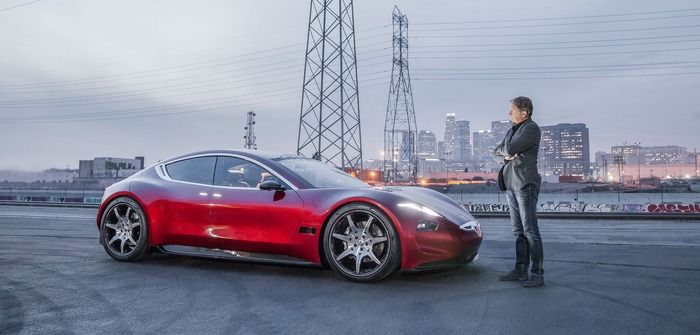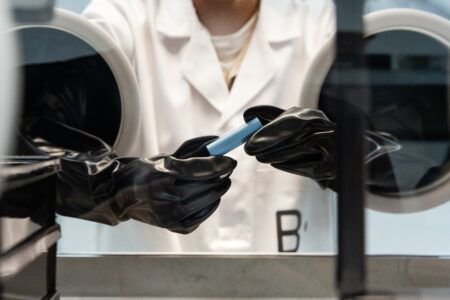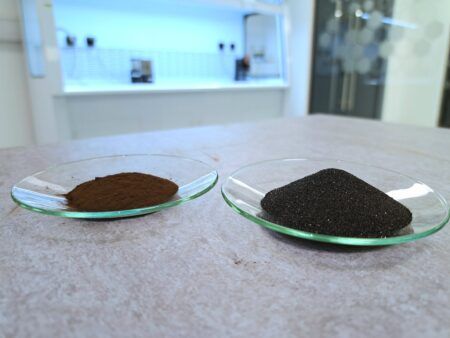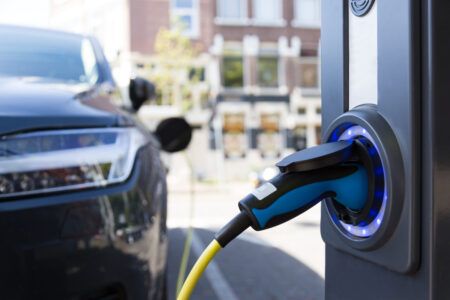When Henrik Fisker relaunched his automotive company in October 2016, it was said the first car would launch with graphene batteries. But since then the company has been working in collaboration with Sakti3 to develop the first solid-state battery for automotive application. At CES 2018 Fisker unveiled the groundbreaking technology.
Fisker Automotive has unveiled a potentially industry-changing flexible solid-state battery alongside its all-new electric EMotion sedan at CES 2018 in Las Vegas, Nevada.
Developed in combination with battery technology pioneer Sakti3, the cell includes three-dimensional electrodes producing two and a half times the energy density of lithium-ion batteries. According to the auto maker this means more than 800km range on a single charge and charging times as low as one minute.
“We’ve made the seemingly impossible, possible with our scientists spearheading the breakthrough in flexible solid-state battery technology,” said Henrik Fisker, CEO Fisker. “This is the next generation in charging everything from your personal cell phone to enabling mass adoption of electric vehicles due to unprecedented ranges and lighting fast charge times.”
While the EMotion will launch with an LG Chem lithium-ion battery cell in 2019, the OEM estimates that the solid-state technology will be ready for automotive application in 2020. Until that time the luxury executive sedan will produce 650km range and an estimated top speed of 260km/h.
But thanks to applying solid-state battery technologies to the LG cell, Fisker has claimed drivers can recharge 200km in nine minutes.
As well as innovative power solutions, the BEV will feature five integrated Quanergy solid-state lidars for autonomous driving capability up to level four.
“We are truly entering a new era in the way the world thinks about vehicles, the way EVs are charged and the way personal consumer electronics are powered,” added Fisker.
“Fisker Automotive is now clearly at the forefront of that revolution through our worldwide launches at CES.”





